Table of content
Introduction
Crispy fried shrimp, a culinary delight enjoyed across various cultures and cuisines, is a dish that combines the delicate flavor of shrimp with the satisfying crunch of a perfectly fried exterior. Whether you’re a seasoned chef or an enthusiastic home cook, mastering the art of making crispy fried shrimp can elevate your culinary repertoire and delight your guests. This comprehensive guide will walk you through every step of the process, from selecting the right shrimp to achieving that golden, crispy coating that everyone loves. By the end, you’ll be confident in your ability to create a batch of crispy fried shrimp that’s sure to impress.
Selecting the Perfect Shrimp
The first step in making crispy fried shrimp is selecting the right shrimp. The quality of your shrimp will greatly impact the final dish, so it’s essential to choose wisely. Here are some key factors to consider:
Freshness
Always opt for fresh or frozen shrimp that has been properly handled and stored. Fresh shrimp should have a mild, slightly sweet smell and firm, translucent flesh. If you’re buying frozen shrimp, look for those that are individually frozen to maintain quality. Avoid shrimp that has a strong fishy odor or slimy texture, as these are signs of spoilage.
Size
The size of your shrimp can affect both the cooking time and the final presentation. Medium-sized shrimp (about 21-30 per pound) are ideal for frying because they cook quickly and evenly, resulting in a tender interior and crispy exterior. Larger shrimp may take longer to cook through, increasing the risk of overcooking the exterior.
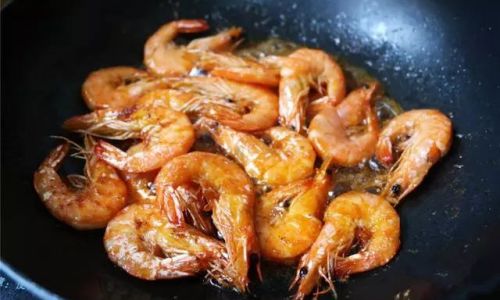
Peel and Devein
For crispy fried shrimp, you’ll want to peel and devein the shrimp. Peeling removes the shell, which can become tough and chewy during frying. Deveining removes the digestive tract, which can contain sand or grit and can affect the taste of the shrimp. You can either do this manually with a sharp knife or use a shrimp deveiner tool for a cleaner, faster result.
Tail On or Off?
Leaving the tail on adds a touch of elegance and can make the shrimp easier to handle and eat. However, it’s purely a matter of preference. If you prefer a cleaner look or find the tails cumbersome, feel free to remove them.
Preparing the Shrimp for Frying
Once you’ve selected and prepared your shrimp, it’s time to get them ready for frying. This involves a few crucial steps that will ensure your shrimp are perfectly seasoned and coated before they hit the hot oil.
Pat Dry
After peeling and deveining, use paper towels to pat the shrimp dry. Removing excess moisture is essential for achieving a crispy coating. Wet shrimp will steam rather than fry, resulting in a soggy exterior.
Seasoning
Season your shrimp lightly with salt and pepper. You can also add other spices or herbs to suit your taste, such as garlic powder, paprika, or Old Bay seasoning. Be mindful not to over-season, as the shrimp’s delicate flavor should still be prominent.
Coating the Shrimp
The key to crispy fried shrimp is a light, airy coating that fries up to a golden brown. There are several methods for coating shrimp, each yielding slightly different results. Here are a few popular options:
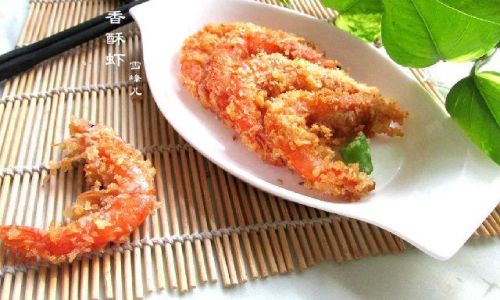
Breadcrumbs
For a classic, crispy coating, use fine, dry breadcrumbs. You can season the breadcrumbs with salt, pepper, and any other spices you like. Dredge each shrimp in flour first to help the breadcrumbs adhere, then dip into beaten egg or milk, and finally coat with breadcrumbs. Shake off any excess to avoid a heavy coating.
Cornstarch and Flour Mixture
A mixture of cornstarch and flour can create a light, crispy crust. Cornstarch helps to achieve a lighter texture and a higher frying temperature, while flour adds structure. Combine equal parts cornstarch and flour, and season with salt and pepper. Dredge the shrimp in this mixture, shaking off any excess.
Battering
For a thicker coating, you can use a batter. Combine flour, baking powder, salt, and pepper in a bowl. In another bowl, whisk together milk, eggs, and a splash of vinegar or lemon juice. Gradually add the dry ingredients to the wet ingredients, mixing until just combined. Dip the shrimp into the batter, allowing excess to drip off.
Panko Breadcrumbs
Panko breadcrumbs offer a lighter, airier texture than traditional breadcrumbs. They can be used alone or mixed with a bit of flour for added structure. Dredge the shrimp in flour, dip into beaten egg or milk, and then coat with panko breadcrumbs.
Frying the Shrimp
Now that your shrimp are seasoned and coated, it’s time to fry them. The frying process requires careful attention to temperature control and timing to ensure that your shrimp are crispy and cooked through without being overdone.
Choosing the Right Oil
Neutral oils with a high smoking point, such as peanut oil, canola oil, or grapeseed oil, are best for frying. These oils can reach high temperatures without smoking or flavoring the shrimp too much. Avoid using olive oil, as its lower smoking point and strong flavor can affect the final result.
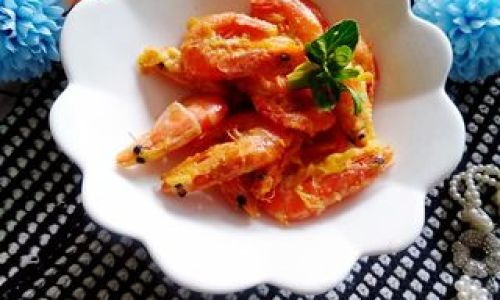
Preheating the Oil
Preheat your oil in a deep fryer or a heavy-bottomed pot to 350-375°F (175-190°C). Use a thermometer to monitor the temperature accurately. The oil should be deep enough to fully submerge the shrimp.
Frying Technique
Working in batches to avoid overcrowding, carefully lower the shrimp into the hot oil using a slotted spoon or tongs. Fry for about 1-2 minutes per batch, or until golden brown and crispy. Use a thermometer to ensure the oil temperature remains consistent. If the oil cools too much, the shrimp will absorb more oil and become greasy.
Draining and Serving
Once the shrimp are golden and crispy, remove them from the oil using a slotted spoon and let them drain on paper towels to remove any excess oil. Serve immediately while hot for the best texture and flavor.
Serving and Enjoying Your Crispy Fried Shrimp
Crispy fried shrimp are versatile and can be enjoyed in various ways. Here are a few serving suggestions to inspire you:
As an Appetizer
Serve your crispy fried shrimp with a dipping sauce, such as cocktail sauce, tartar sauce, or a spicy remoulade. They’re perfect for parties or as a starter before a meal.
Over Salad
Top a fresh, crisp salad with a handful of crispy fried shrimp for a protein-packed, flavorful addition.
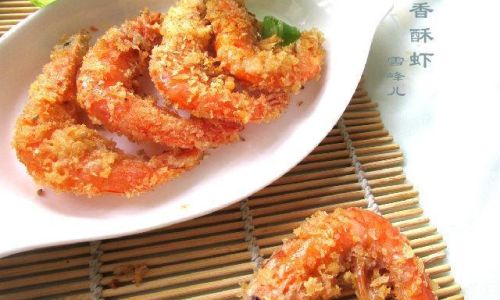
In a Wrap or Sandwich
Incorporate your fried shrimp into a wrap or sandwich for a satisfying lunch or dinner. Pair them with lettuce, tomatoes, avocado, and a creamy spread for a delicious meal.
As a Main Dish
For a more substantial meal, serve your crispy fried shrimp with a side of rice, steamed vegetables, or a hearty grain like quinoa.
Conclusion
Mastering the art of crispy fried shrimp takes time and practice, but with the right techniques and ingredients, you can create a dish that’s both beautiful and delicious. By selecting fresh, high-quality shrimp, preparing them properly, and frying them to perfection, you’ll be able to enjoy a culinary achievement that’s sure to become a favorite in your repertoire. Whether you’re serving them as an appetizer, a main dish, or incorporating them into other meals, crispy fried shrimp are a versatile and delightful addition to any table. Happy cooking!
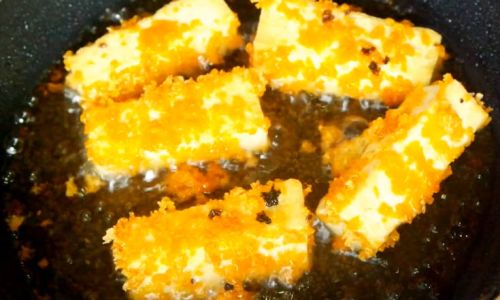

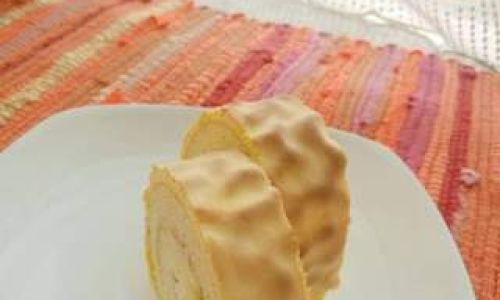

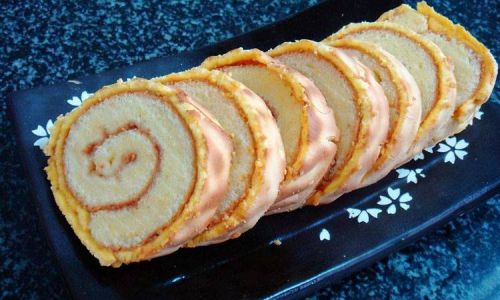
0 comments